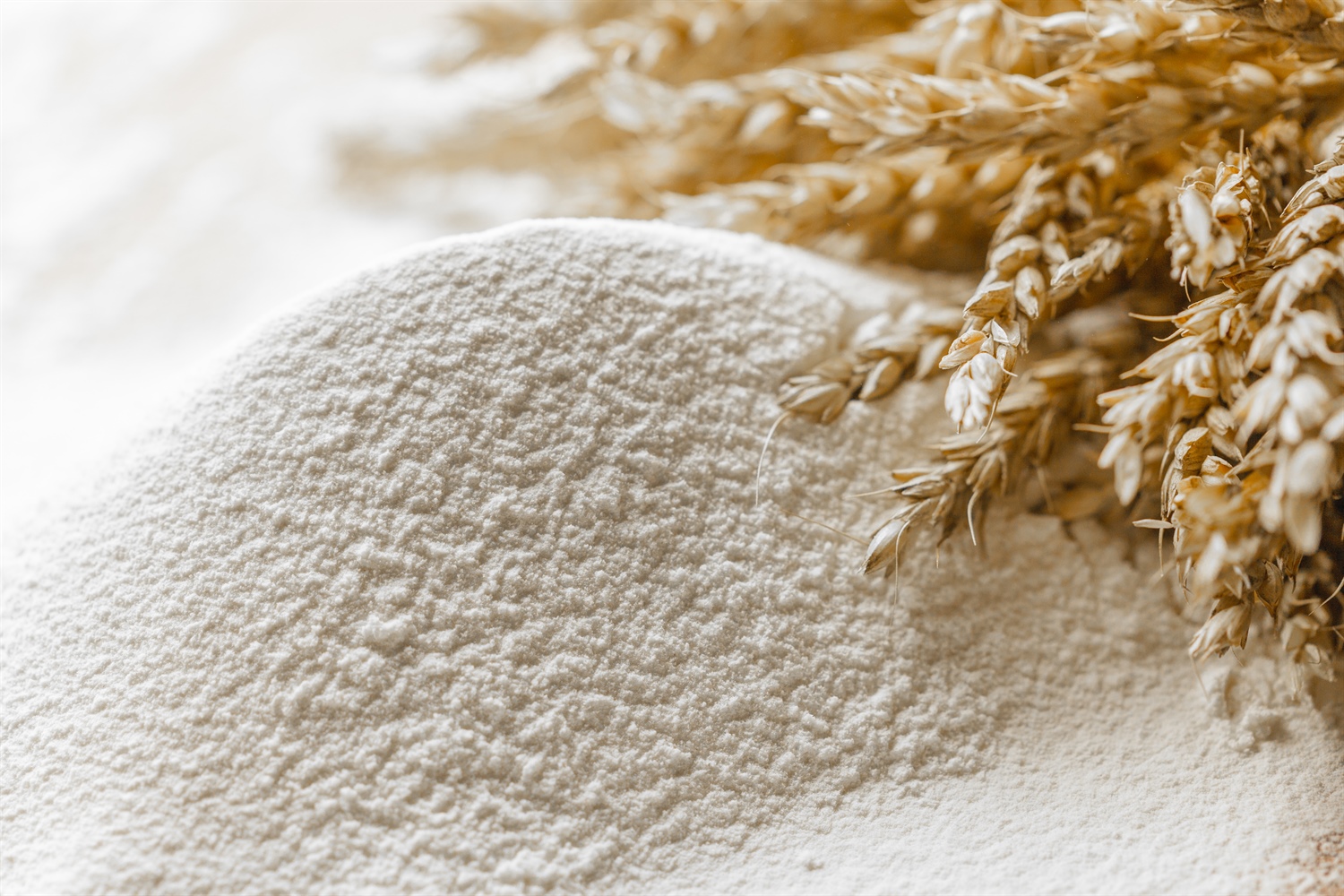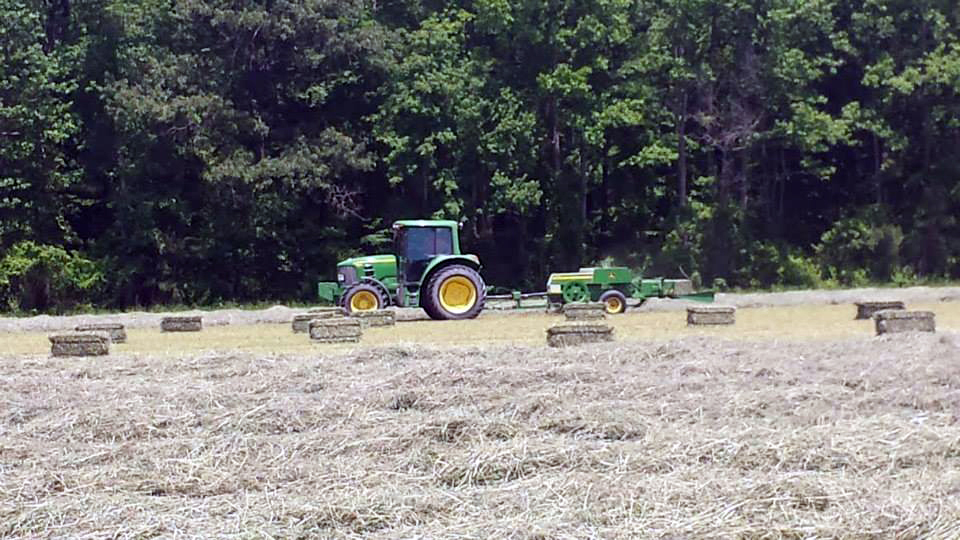Wheat is the world’s most important grain crop, and approximately 70% of all agricultural land is planted to wheat, more than any other crop. For generations people have been sustained by this important food staple. Wheat is grown on more land area than any other commercial crop and is the most important staple food for humans. Twenty percent of global calories come from wheat.
With demand for the crop expected to increase 40 percent by 2030, Wimberly Farms' agricultural innovation is important in helping enhance the productivity, sustainability and profitability of wheat for farming.
Wheat is planted to a limited extent as a forage crop for livestock, and its straw can be used as a construction material for roofing thatch. The whole grain can be milled to leave just the endosperm for white flour. The by-products of this are bran and germ. The whole grain is a concentrated source of vitamins, minerals, and protein, while the refined grain is mostly starch.

Technological advances in soil preparation and seed placement at planting time, use of crop rotation and fertilizers to improve plant growth, and advances in harvesting methods have all combined to promote wheat as a viable crop.



